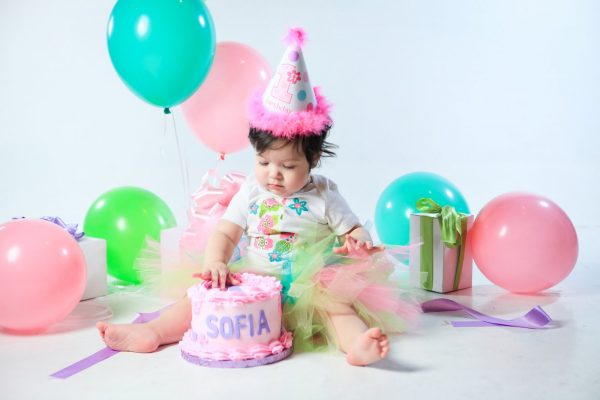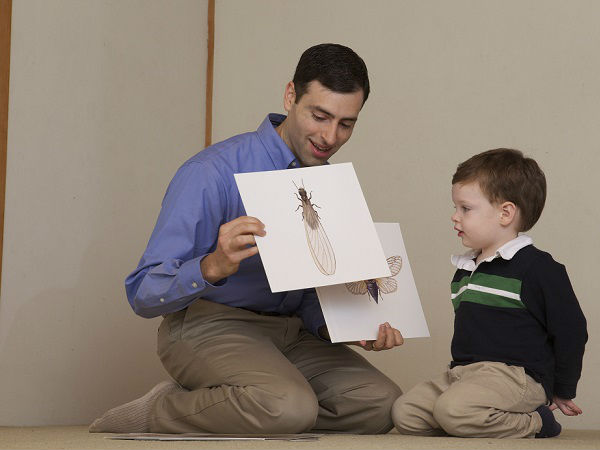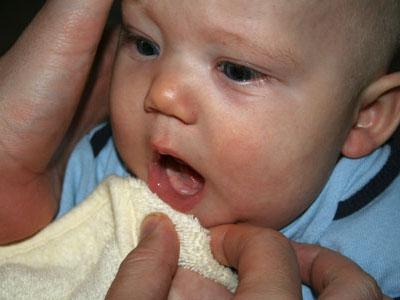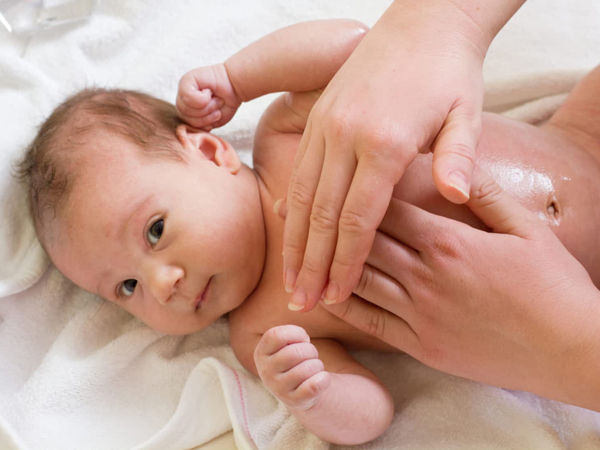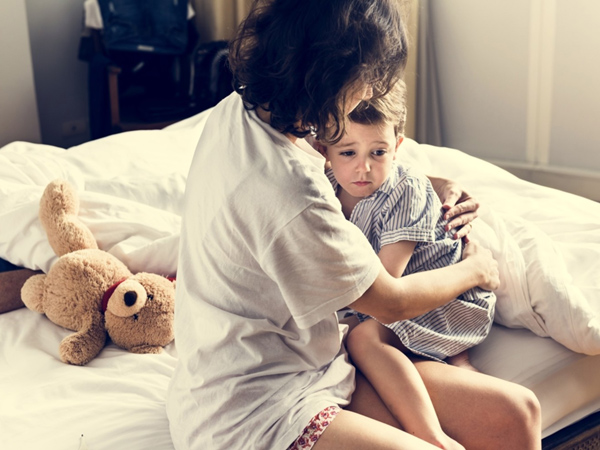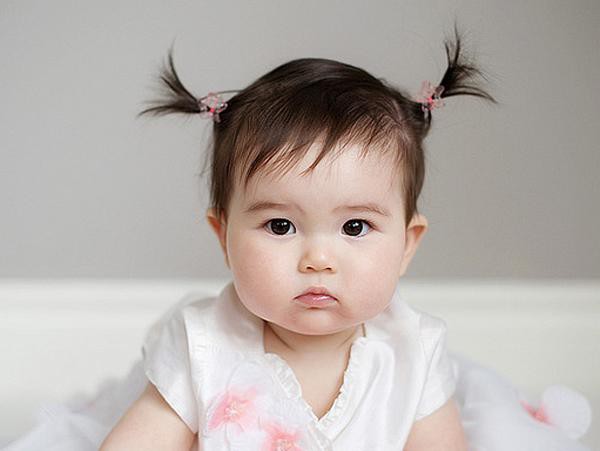A purulent newborn umbilical cord is a common case when parents are not careful in cleaning this area of the baby. Learning the signs as well as the causes of umbilical cord infection will help mothers to be more proactive in preventing and promptly intervene when their baby encounters this case.
content
Causes of newborn umbilical cord with pus
Signs of an infected baby umbilical cord
Things that mothers should pay attention to to prevent umbilical cord infections
The newborn's belly button plays an important role in receiving nutrients to feed the baby's body while still in the womb. When the baby is born crying, it takes a while for the little angels to heal on its own and begin to fall out. This is a normal phenomenon, you don't need to worry too much. Only in unusual cases such as the newborn's umbilical cord with pus, umbilical bleeding should the mother worry, because it may be a sign that the umbilical cord is infected.
Causes of newborn umbilical cord with pus
A purulent newborn umbilical cord is a condition in which the baby's umbilical cord is infected with pus-producing bacteria. Since the umbilical cord is connected with the blood vessels, any damage to this area will cause negative effects on the blood and internal organs of the child. Some common reasons causing this situation is due to parents not hygienic umbilical infant properly as ice navel too tight, not cleaned umbilical often, forget hygienic hands clean before washing cord, use use folk remedies to sprinkle it on the umbilical cord without a doctor's appointment ...
There are also some cases where the mother is afraid the baby will be in pain but dare not touch the baby's navel, leading to the case of not changing the bandage as well as cleaning the umbilical cord for a long time. This is the reason why your baby's navel is wet, does not drain moisture and is a favorable environment for inflammatory bacteria to develop.

Bathing for babies: When to limit For those who are first-time mothers, bathing babies is always a first time experience confusing mothers. Overcoming the bath properly and properly, the mother also has to equip more information on absolute cases of not bathing the baby. Refer to the following 6 cases of taboo!
Signs of an infected baby umbilical cord
The signs help mothers easily recognize an infected newborn umbilical cord :
Umbilical edema, redness
Pus, green pus and yellow pus are accompanied by a foul odor
The navel is always in a wet state
Bleeding around the navel
Umbilical fall
In addition to the above signs, some babies will experience fever, fussy crying and difficulty in feeding. If only mild inflammation, the mother can actively squeeze out all pus, use hydrogen peroxide to clean the navel, then dry, sprinkle antibiotic powder and gently apply sterile gauze to the baby. You should note that you should change your baby's bandage regularly to avoid the discharge of pus becoming more serious.
If the baby has a discharge of umbilical cord with signs such as high fever, not feeding, always being in a state of fatigue, fussy and crying ..., the mother should immediately take the baby to the hospital for treatment.

Taking care of newborn babies: 5 differences between the past and present It is undeniable that when it comes to taking care of newborn babies, the experiences of old women and old folk concepts have many advantages. However, some things are no longer relevant and need to change
Things that mothers should pay attention to to prevent umbilical cord infections
The navel and blood vessels in the body have an extremely close relationship with each other. So, I avoid letting any harm to your baby happen in this area. Umbilical cord infection can have unpredictable consequences. To protect your baby, don't forget the important notes after cleaning your baby's navel!
Regularly clean your baby's umbilical cord with 1% iodine alcohol and hydrogen peroxide after bathing.
Change diapers often. If using cloth diapers, mothers should wash the baby's diapers with soap and dry in the sun to kill harmful bacteria.
Wash your hands well before cleaning your baby's umbilical cord.
Change the umbilical bandage every day after bathing your baby.
If the umbilical bandage is soaked with feces or urine, a new bandage must be changed immediately.
Babies need to be bathed with cool boiled water in the first week of life .
Ensure sterile before and after birth, use sterile tools to cut and tie the umbilical cord.
To allow the navel to dry quickly and fall off quickly, the mother can leave the area open and not covered.
Avoid using folk remedies without the prescription of a doctor to sprinkle it on the baby's belly button.
To early detect cases of newborn umbilical cord with pus, mothers need to monitor the progress of the umbilical recovery, especially observing the baby's umbilical leg every day.
A purulent newborn umbilical cord is a "red alarm" about a child's health. Mother should quickly take measures to promptly handle to avoid serious effects. Hopefully, with the information that MarryBaby shared above, mothers know how to properly clean the umbilical cord and how to handle and prevent newborn babies with purulent umbilical cases.





